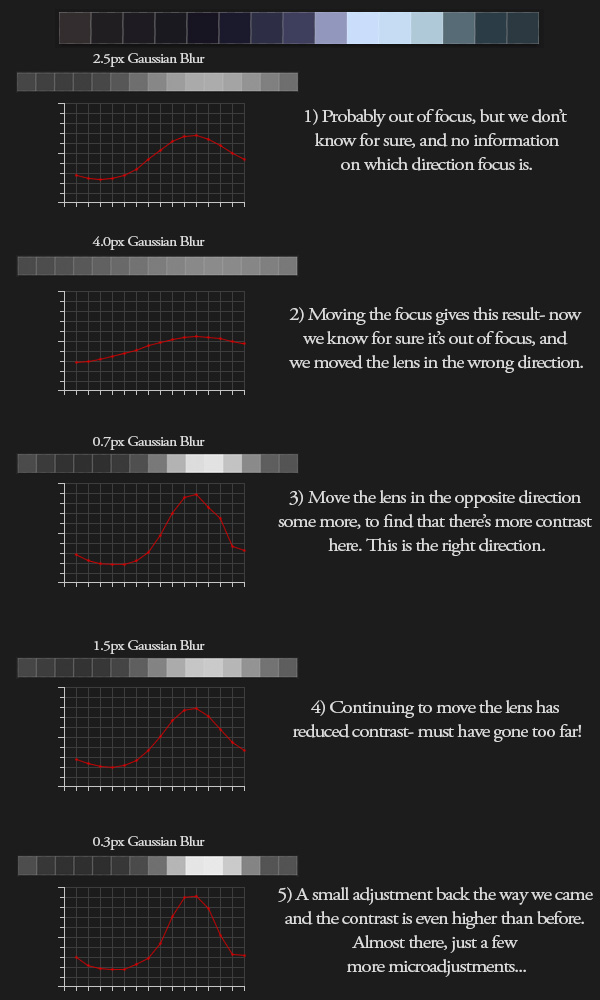One more question. I own the Lumix 12-60 (F 3.5)
I wonder what the biggest difference is between the above lens I mentioned & the LUMIX G LEICA DG SUMMILUX LENS, 15MM, F1.7
Maybe the wider aperture and lens quality is the biggest difference? ? I wonder if I could save money without too much sacrifice in pic quality if I use the Lumix 12-60 on a tripod?
Would love to hear ur thoughts
Biggest differences:
- Aperture, the faster aperture of the 15/1.7 means you can use faster shutter speeds in low light, and it will offer narrower depth of field which can be helpful for subject isolation.
- Size and weight, the 15/1.7 is tiny.
- Overall image quality, sharpness, contrast and general rendering will be better with the 15/1.7. Additionally, the 15mm is sharp wide open, and gets extremely sharp stopped down to F4-5.6 or so. You can stop down the 12-60mm, but since it's a pretty slow lens, stopping it down more than a stop or so will mean the sharpness will reduce rather than increase, because of diffraction.
- Prime vs zoom, the 15 is a prime lens, so you'll need to zoom with your feet. The 12-60 is a zoom lens, so it's more flexible.
Essentially, if you want a compact prime lens with excellent image quality, the 15/1.7 is great. If you want a versatile jack of all trades, master of none type lens, the 12-60mm is great too. Of course, pairing the two of them together gets you the best of both worlds.
As far as using a tripod, this really depends on the type of photos you're taking. If you're shooting static subjects you could use the 12-60 on a tripod in low light with slow shutter speeds to keep the ISO low.
If you're shooting moving subjects, like people, a tripod won't help you in low light, as the shutter speed will be too low and you'll get motion blur unless you crank up the ISO, which will add noise.
If you're shooting in bright light, and can keep the shutter speed at 1/100 or over at base ISO, there's no to use a tripod with either lens.
Generally speaking, you can use a tripod with either lens, but since the G9 has in-body stabilization, there will be little reason to do so. You can hand hold either lens and shoot at very low shutter speeds if you have a static subject.
With IS systems these days, tripods are generally only necessary when you want to take very long exposures. Say anything over 1 second. For instance if you're using ND filters to create blurry waterfalls, or if you're doing astrophotography, a tripod is essential. For most other common purposes, a tripod is just going to be an annoyance to carry around and offer little benefit.

